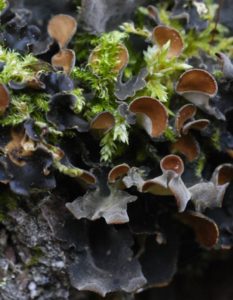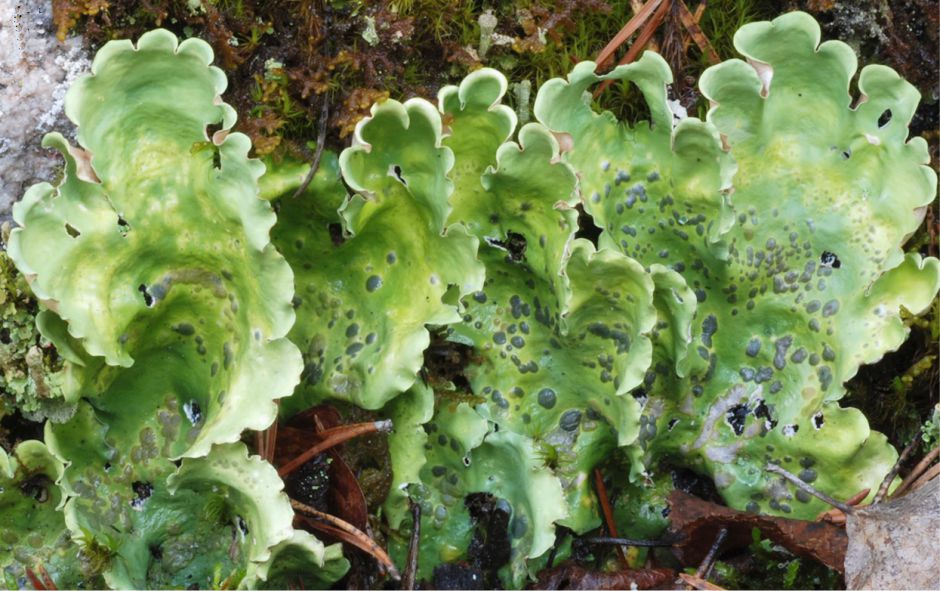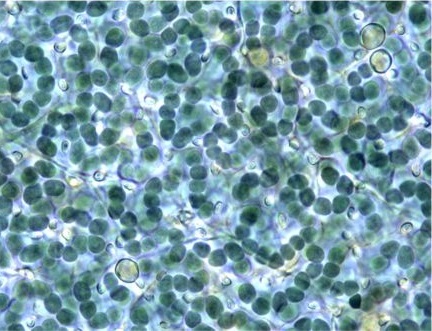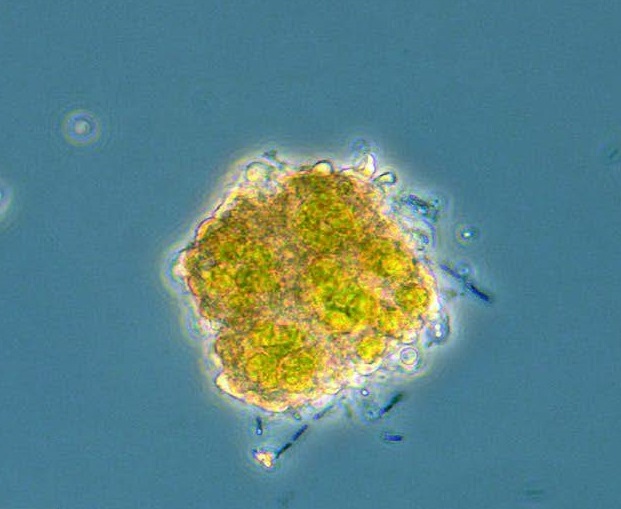Lichen genus Nephroma (Peltigerales) has a nearly cosmopolitan distribution, and it includes both bipartite species with cyanobacteria as main photobiont as well as cephalodiate species with both green algae and cyanobacteria. Specimens representing nine Nephroma species, collected from Asia, Europe, and North and South America show that all bipartite Nephroma species associate with one group of Nostoc, different from the Nostoc typically found from cephalodiate Nephroma species. Most bipartite Nephroma species also shared their Nostoc symbionts with one or more other species, supporting the concept of functional lichen guilds. Symbiont selectivity patterns within these lichens are best described as a geographic mosaic, with higher selectivity locally than globally, which may reflect the specific habitat preferences of certain symbiont combinations, but also the influence of founder effect. In a boreal forest in eastern Finland, the reproductive strategy of three species, Nephroma parile, N. bellum, and N. resupinatum, was shown to be reflected in the species’ photobiont choice. Additionally, Nephroma squamigerum from Japan was shown to differ morphologically, chemically, and genetically from N. bellum and other Nephroma species, and confirmed as a distinct species.
Fedrowitz K, Frisch A, Kaasalainen U, Ohmura Y. 2014. Nephroma squamigerum (Nephromataceae, lichenized Ascomycota) is a distinct species. Journal of Japanese Botany 89: 346–354 (pdf).
Fedrowitz K, Kaasalainen U, Rikkinen J. 2012. Geographic mosaic of symbiont selectivity in a genus of epiphytic cyanolichens. Ecology and Evolution 2: 2291–2303, doi.org/10.1002/ece3.343.
Fedrowitz K, Kaasalainen U, Rikkinen J. 2011. Genotype variability of Nostoc symbionts in three epiphytic Nephroma species in a boreal forest landscape. Bryologist 114: 220–230, doi.org/10.1639/0007-2745-114.1.220.
Keywords: trnL, tRNALeu (UAA) intron, ITS, mtSSU, epiphyte, Nephroma cellulosum, N. helveticum, N. laevigatum, N. tangeriense, N. washingtoniense



